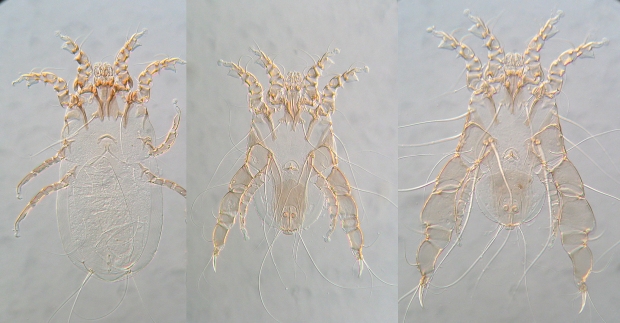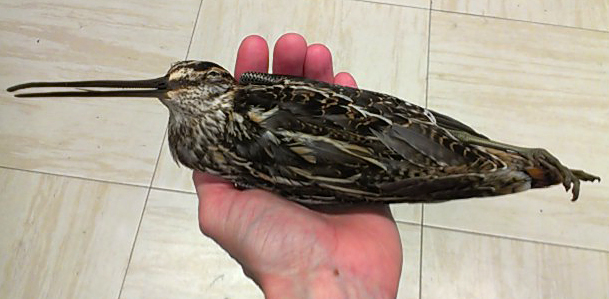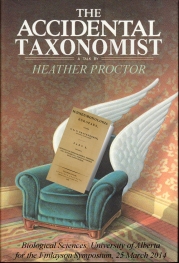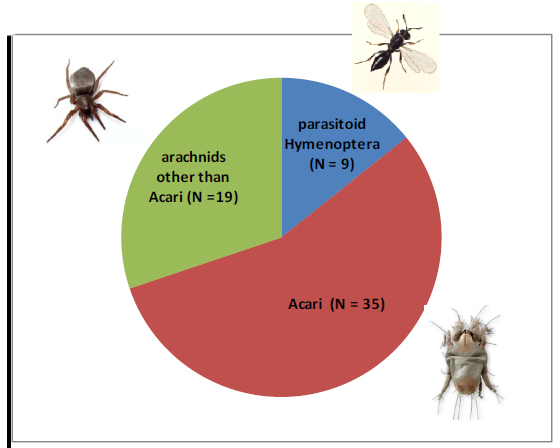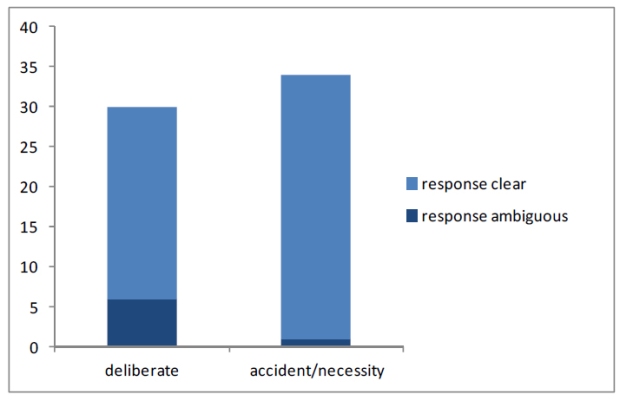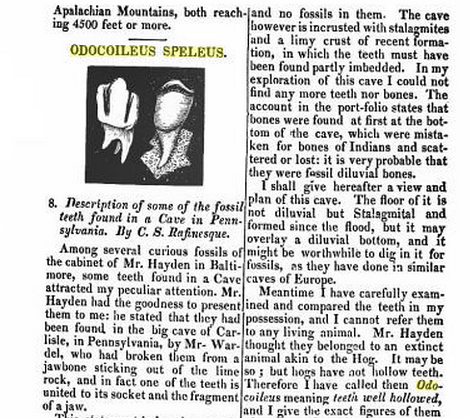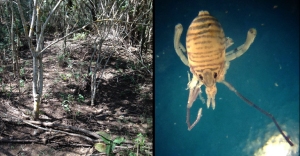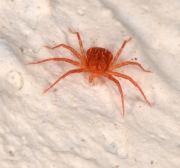Lectures for this semester are done, exams have been endured, and all that’s left is grade assignment. That and a feeling of regret that much of the cool trivia I picked out from Harold McGee’s “On Food and Cooking” (2004) to incorporate in my intro biology lectures went unused. So I thought, why not share them in a blog post? They are timely, given the seasonal focus on food. Here are some of my favourite biological revelations in order of their appearance in the book.
p. 505 – almonds are among the most oil-rich of nuts (54% oil, see Table on p. 502), and a faux ‘milk’ can be made by soaking the nuts in water and grinding to release tiny oil bodies, together with proteins and sugars. Almond milk is not a new creation, as it was known in Medieval Europe, and used in Arabian cooking before then.
p. 506 – Brazil nuts have nutrients stored in embryonic stems rather than in embryonic leaves. They are even oilier than almonds at 67% oil, and hence are very calorie-rich. They have the highest level of selenium of any food known and too many can be toxic (maximum recommended daily intake for adult humans = 14 g)
p. 507 – the cashew is a relative of poison ivy, hence we never see cashew nuts for sale in the shell.
p. 509 – ginkgo seeds are edible and mild in flavour even if the flesh of the ‘fruit’ is stinky.
p. 510 – there are two other nuts that beat out almond and Brazil nuts re. oil. Macadamias have 72% oil and nuts of some Asian pines have 78%.
p. 512 – pistachios are green because their cotyledons contain chlorophyll.
p. 513 – poppy seeds contain enough opium-associated alkaloids to make one’s urine test positive for drugs, even though they don’t cause other pharmacological effects. It takes 2-4 million poppy seeds to make a kilogram.
p. 517 – yeast causing dough-rising was initially ‘wild’ and accidental, but by 300 BC there is evidence of a special profession of yeast-making for bread in Egypt (probably as a by-product of beer making).
p. 519 – baking soda and baking powder weren’t invented until 1830 and 1850, respectively.
p. 545 – pumpernickel = ‘devil’s farts’. See also below.
p. 552 – the name of a type of puff pastry, pets de nonne, means ‘nun’s farts’.
p. 609 – Agar-agar is a Malay term. It refers to a mixture of carbohydrates from several genera of red algae. To make it, the algae is boiled and the liquid filtered and freeze-dried. Agar forms a gel at even lower concentrations than does gelatin (<1% by weight). Few bacteria can digest agar and it stays solid at room temperature, so it’s a good medium for growing microbes (which can be fed with nutrients added to the agar).
p. 610 – carageenan, used in ice cream and toothpaste among other things, comes from the red alga Chondrus crispus and a few other species.
p. 647 – the names Melissa and Deborah both mean ‘bee’.
p. 647 – a quote from Pliny indicates that he thought the source of honey to be ‘star saliva’.
p. 648 – sugar cane may have first been domesticated in New Guinea; however, the first people to refine sugar from cane were in India around 500-350 BC. The word ‘sugar’ comes to English from Arabic via Sanskrit.
p. 651 – discovery of how to extract sugar from beets (Beta vulgaris var. altissima) in 1747 was a major cause of the decline of slavery in the West Indies (an economic rather than a moral reason to stop using expensive human labour); however, beet sugar didn’t really take off until the 1810’s. Beet sugar currently = ~30% of world sucrose production (p. 652).
p. 663 – honey made from nectar of particular species of Rhododendron is ok for bees but affects lungs and hearts of humans.
p. 668 – maple syrup is usually made by boiling off water from sap, but can also be made (as done by some native North Americans) by allowing the water to freeze then removing the upper skim of ice repeatedly.
p. 669 – can also make a sweet syrup from birch sap, but it is a much more dilute sap than that from sugar maple (about 1/3 the concentration).
p. 670 – the Asian sugar palm (Borassus flabellifer) has much sweeter sap than sugar maple, up to 12% sucrose compared to maple’s 3%. Crystallized palm sugar is called jaggery in English, from Sanskrit sharkara.
p. 670 – ‘sugarloaf‘ as a term referring to, e.g., the shape of a mountain, comes from the use of a mould shaped like a truncated inverted cone with a hole in the bottom to drain molasses from cane sugar.
p. 677 – corn syrup is actually made from corn starch that is broken down into glucose using acids and/or enzymes. The most common enzymes today come from Aspergillus. High-fructose corn syrup is made by converting some of the glucose into fructose via other enzymes. Retention of some larger carbohydrate molecules makes corn syrup viscous.
Many things to think about when making or enjoying Christmas fruitcake (and yes, I do like fruitcake even though most of the world seems to disparage it).

